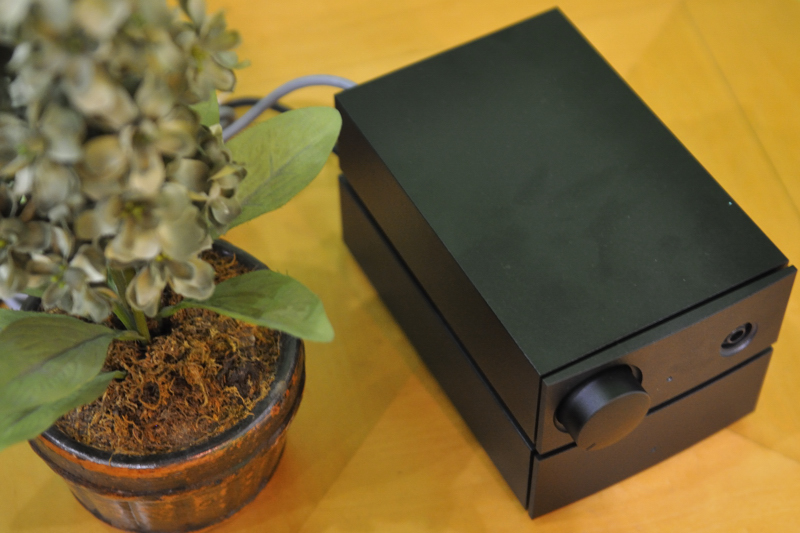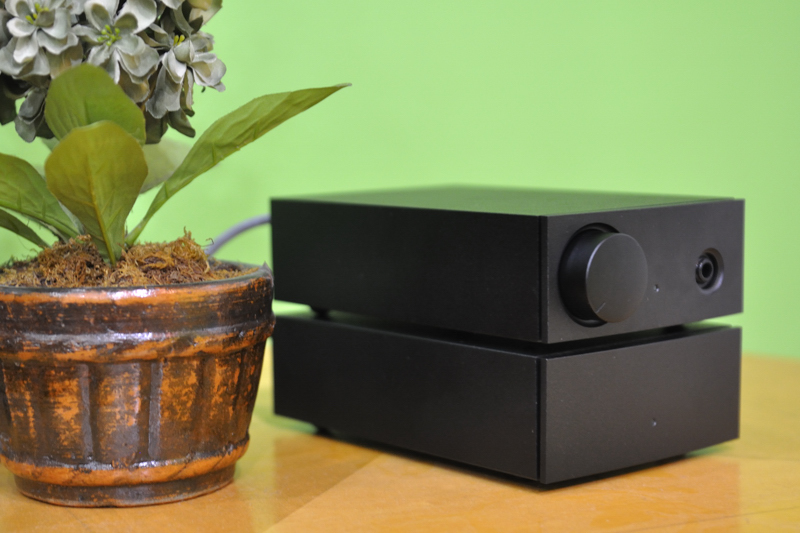The road to nirvana |
|
My journey into Photography, Horology, and Audiophilia |
NAIM Headline 2 + NAPSC-2 power supply
First, some glamour shots.
 |
| The NAHA-2 (top), and NAPSC-2 from Naim (pronounced 'name') Audio... |
First of all, I have to say thank you to Epoy of Architectural Audio for letting me snatch the pair out of their store, just as it arrived from customs. So I can already hear "what? no break in?"
I take the break in thingy with a bucket of salt. My philosophy is that if a product is designed well, it should sound well regardless of that "getting to know you better" or "my ears are getting accustomed with it" period.
Physical
I like the spartan look. The enclosure is subjectively gorgeous in black, very elegant for me. There's no doubt that they're solidly built, as I scrutinize them well. While these are significantly cheaper than their bigger brothers, such as the NAIT amplifiers, Naim Audio did not compromise on the materials used.
Specifications
NAHA-2
AUDIO INPUTS
Analogue Inputs 1 x RCA (DIN is the standard, so this is a special
order)
Input Impedance 50kΩ
AUDIO OUTPUTS
Analogue Outputs 1/4” headphone jack
Line Outputs Variable (level) Maximum 3.7V rms into 2kΩ
Gain +13.5dB
Frequency Response -3dB at 10Hz & 72kHz
Power Outputs 560mW/channel, 8Ω
POWER REQUIREMENT
Power Supply Options NAPSC, FlatCap XS, HiCap, SuperCap
PHYSICAL
Dimensions 57 x 121 x 187mm (H x W x D)
notes: Suitable for headphones 8Ω to 2KΩ. Power supplies other than a PSC require a Slic lead.
FINISH
Front Bead blasted and black anodised
Case Black powder coated
NAPSC-2
POWER OUTPUTS
Power Outputs 18V
POWER REQUIREMENT
Mains Supply 100V-120V, 220-240V; 50 or 60Hz
PHYSICAL
Dimensions 57 x 121 x 187mm (H x W x D)
FINISH
Front Bead blasted and black anodised
Case Black powder coated
Equipment used and the configuration
Analogue: Clearaudio Champion Magnum with Ceramic Magnetic Bearing + Clearaudio Tangent Linear Tracking tonearm + Transfiguration Axia MC cartridge into Clearaudio Basic Symmetry phonostage
Digital: Harman Kardon HD750 HDCD player
Source swticher: Naim Nait5i Integrated Amplifier
Both the analogue and digital sources are plugged into the NAIT5i's
line level inputs. The output is taken from the pass-thru output of
the 5i, which is then connected to the NAHA-2 via its captive RCA
interconnect.
Headphones used
- Modded AKG K240 Monitor (removed foam covering the driver, replaced pads with that of K701)
- Modded AKD K240 Studio (replaced foam covering the driver with cloth, stock pads)
- AKG K501 in stock pads and in K701 pads
- Fostex T50RP
- Crossroads Woody 1 IEM
- JVC HA FX-33 "Marshmallow"
Listening impressions
Foreword
The equipment used is too skewed in terms of price range, i.e., $6,000 analogue source, P10,000 digital source, P980 - $300 headphones. The main headphone used is the K240 Monitor and while one can argue that it does not make sense evaluating the NAHA-2 using a old, out of production headphone. I can subjectively declare that this AKG of mine with the current mods will beat the living daylights of the K501 with the K701 pads.
Having said that, the NAHA-2 does not change the character of the headphone connected to it. If it's crappy and sounds plasticky, don't expect the NAHA-2 to do wonders and make it sound like an RS1.
What the NAHA-2 bring to the table for feasting, are the following:
- Inner resolution
- Rhythm
- Dynamics
Inner resolution is astounding. I'd boldly say, if it's in the recording, you'll hear it. Even for a high dynamic range material such as Kodo: Heartbeat Drummers from Japan. This performance was captured live, and recorded direct-to-disk. It offers an enormous dynamic range, and much headroom is needed to eliminate compression and/or distortion. The NAHA-2 will give you that presentation that will be closest thing from being there. The imaging and headstage is noticeable, nothing short of flat and in-your-face.
On vinyl playback, I have a reference material, funny it may seem, but it is Charlene: Never Been To Me. On system I don't like, this recording could come out tinny and with ear-piercing sibilance. The recording also offer lots of top end detail. All these came out beautifully from the NAHA-2.
Naim is popular for their impeccable rhythm and pace, and the NAHA-2 did not disappoint. The gradation of the music's timing and punctuation will surely make one enveloped into the beat.
Lack of dynamics, both in macro- and micro-detail, makes the music flat, and somewhat boring. The NAHA-2 designers surely did not miss this critical factor. How well your headphone handles dynamics will play a key factor. The modded K240 Monitor was not a let down.
Somewhat related are the superb attack and decay qualities. While some systems impress with good attack, the decay sometimes lacks as they're somewhat cut-off. The NAHA-2 did not exhibit that, which is very good.
Conclusion
The NAHA-2 offers good value for money in terms of headphone amplification. However, these listening impressions were made using a power supply which is one level up the tier. The basic NAHA-2 power supply is called the i-Supply and the distributor felt the NAPSC is deserved. There are two or three more power supplies up the chain, and these are like at least three times as expensive compared to the NAHA-2.
Do I have a complaint? One. With the K240 Monitor, which is a 600 ohm load, it takes pretty much of the NAHA-2's driving capability. I'm listening at full rotation, and there are some materials that are recorded with lower level such as Pat Coil: Schemes and Dreams. While I should be thankful that my hearing will be saved, I wanted more loudness too.
Right now, my status is "it's complicated." Should I be contented with the loudness when using the K240 Monitor? Should I just use the K240 Studio when I want ear-splitting volume? Should I consider looking for alternatives in the <= 300 ohm range?
